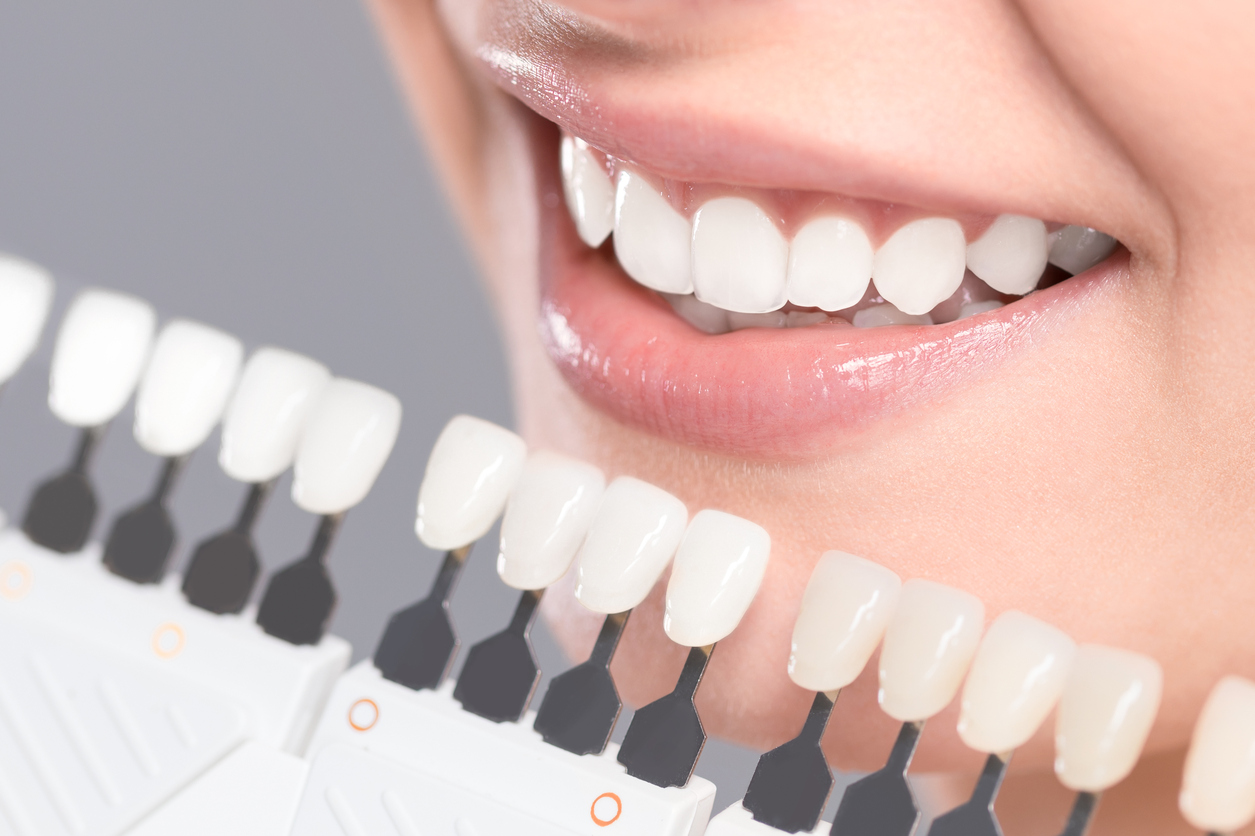Teeth whitening; methods and aftercare
Teeth whitening may be defined as the refurbishment of teeth to their natural colour. Teeth may discolour due to extrinsic staining; stains caused by external influences like tartar caused by cigarette smoking, by diet in foods rich in carotenoids, and through drinking coloured drinks like some energy beverages, coffee, tea or red wine. Internal causes of staining also known as intrinsic staining may be influenced by, tooth decay, age or when stains settle on a worn-down set of teeth. Methods of teeth whitening
Before any steps are taken, the dentist runs tests on the patient to identify the most effective method that is going to be used through shade guides. They also have to go over the patient’s dental history to know if they may have gone through similar methods in the past and what the results were or if there are prior dental issues to keep in mind. Patients need to have their health records examined thoroughly in order to plan for eventualities such as allergy.
Bleaching is the most common method of teeth whitening. It is mostly carried out by a professional but can also be done at home by the individual. Hydrogen peroxide is the main component in a bleach solution.
Energy-enhanced bleaching is another method used in teeth whitening. Also known as laser bleaching, it uses power such as LED, and halogen to hasten the process of bleaching. This method often leads to the risk of teeth sensitivity. Internal bleaching is a more complex method of teeth cleaning that works from inside the teeth going out, unlike the other methods that involve external cleaning of the teeth.
Maintenance of newly whitened teeth
After having teeth whitened, the following are ways you can keep them in their current state for longer;
· Brush your teeth immediately after consuming any food or drink, this is to prevent build-up that may lead back to how they were pre-treatment. Carry a toothbrush along with toothpaste to help clean your teeth when eating out.
· Floss daily to get rid of plaque in between teeth
· Using a whitening toothpaste at least twice a week may help remove surface stains, caused by unavoidable dietary habits.
· A straw comes in handy during the consumption of coloured drinks like cola, sports drinks, teas etc.
· Treatments can be redone as soon as the teeth start showing signs of discolouration; there are no limits to how many times teeth can be re-treated.
· Gurgling hydrogen peroxide
(3% concentration) at least twice a day, morning and night may also help keep the teeth white.
There are risks that come with bleaching teeth, like hypersensitivity which mostly occurs when something hot or cold is taken, and tissue damage caused by hydrogen peroxide ( 10% concentration or more). After the initial bleaching, results may not be uniform, but this changes after subsequent treatments. Over-bleaching may lead to teeth looking translucent and have undesired effects on the enamel.
Teeth whitening has been shown to improve confidence levels in people who may have a history of stained teeth. The results get them smiling more and socialising at will. Our Dentist in Carrum Downs has all the tools and expertise it takes to get teeth professionally whitened for a better smile.


